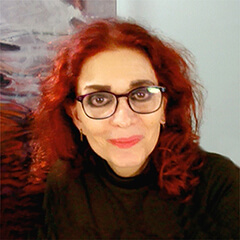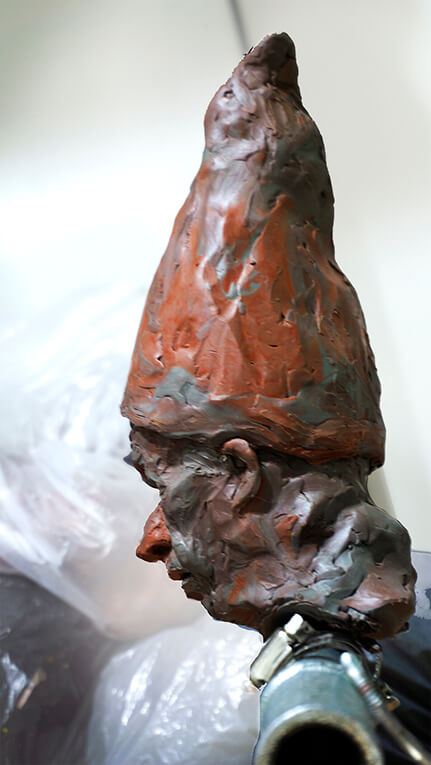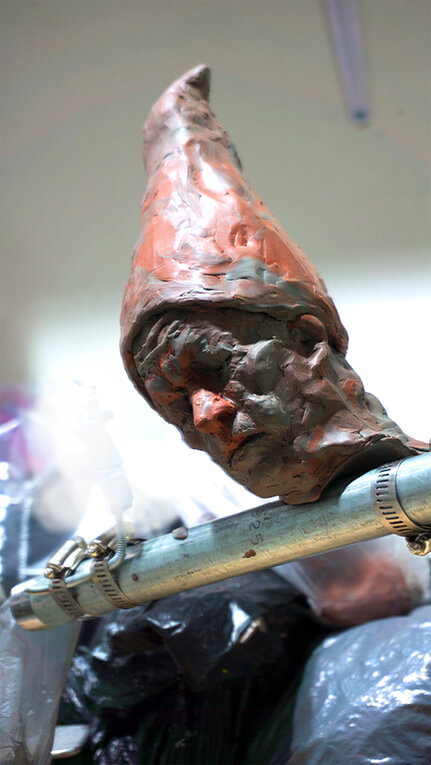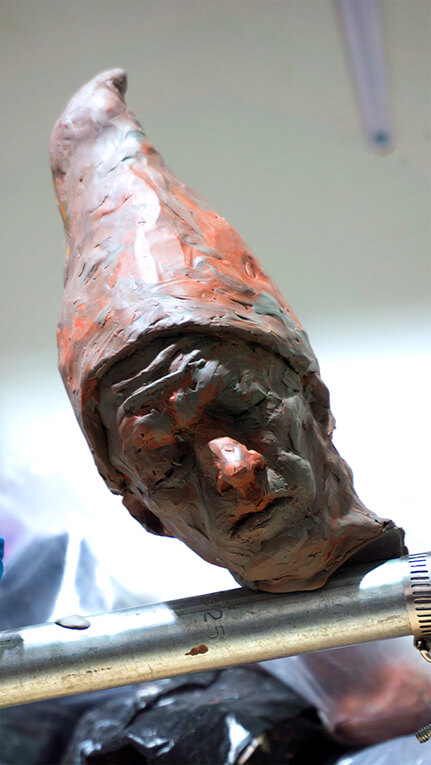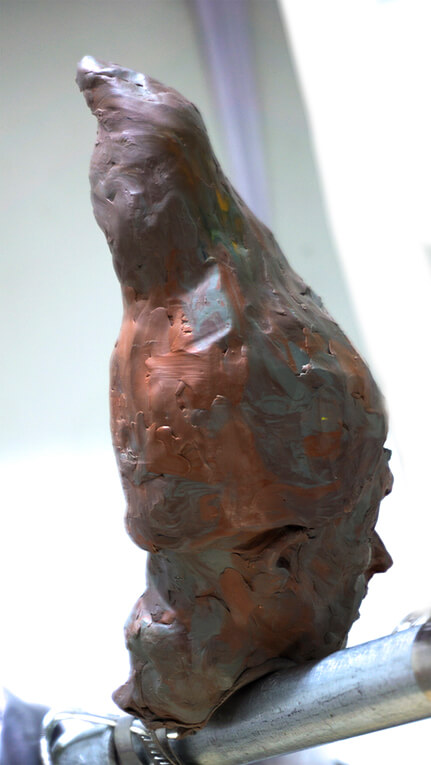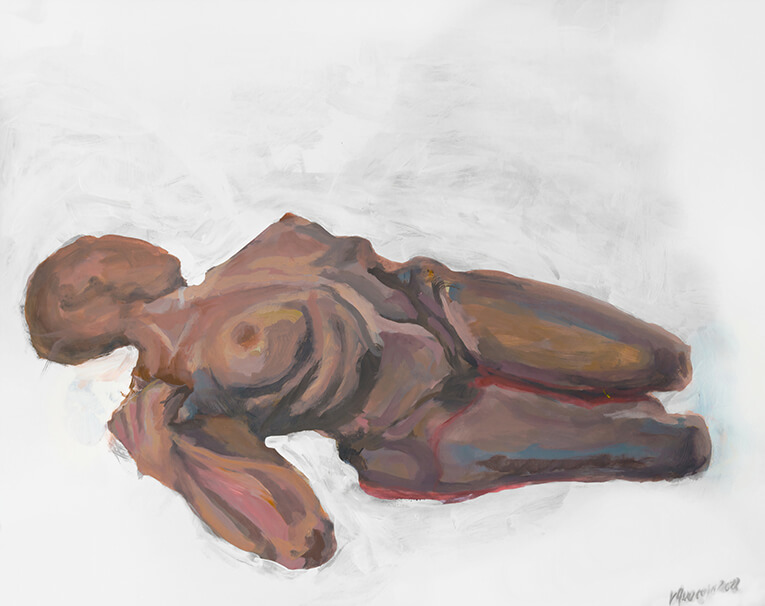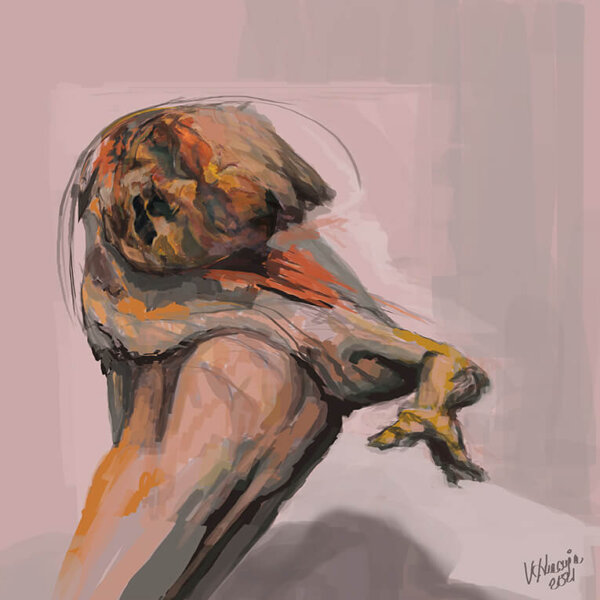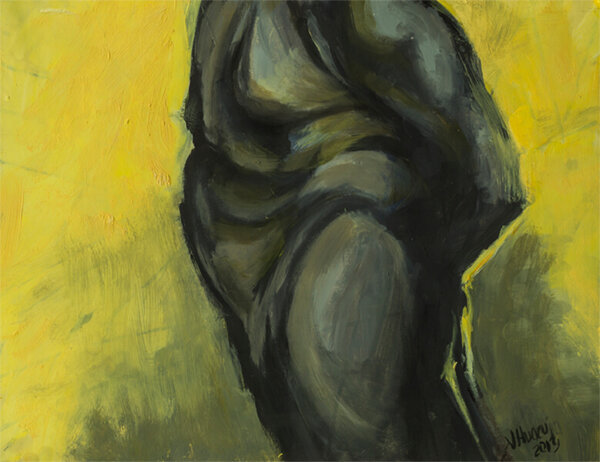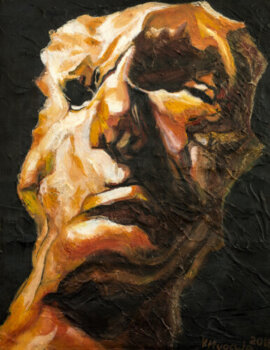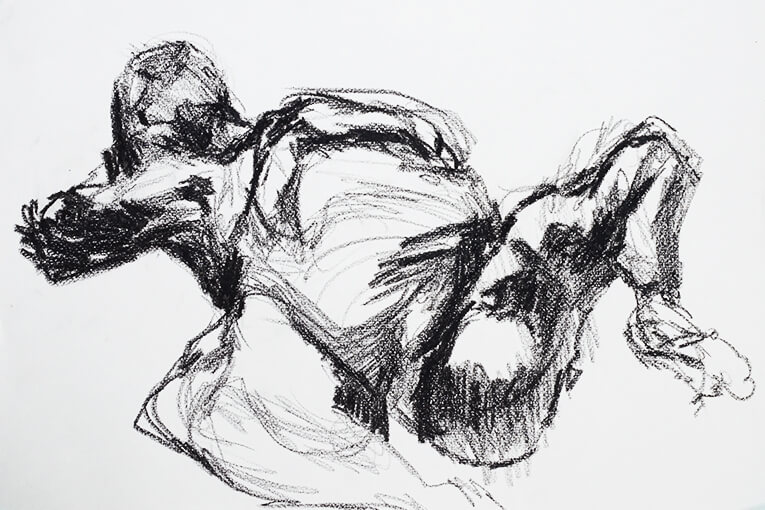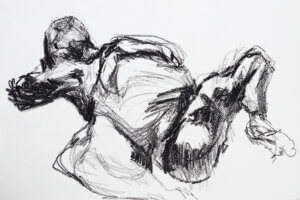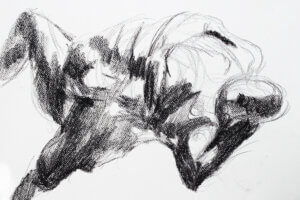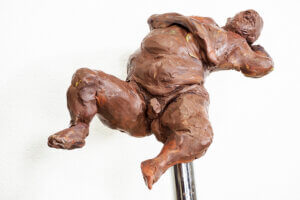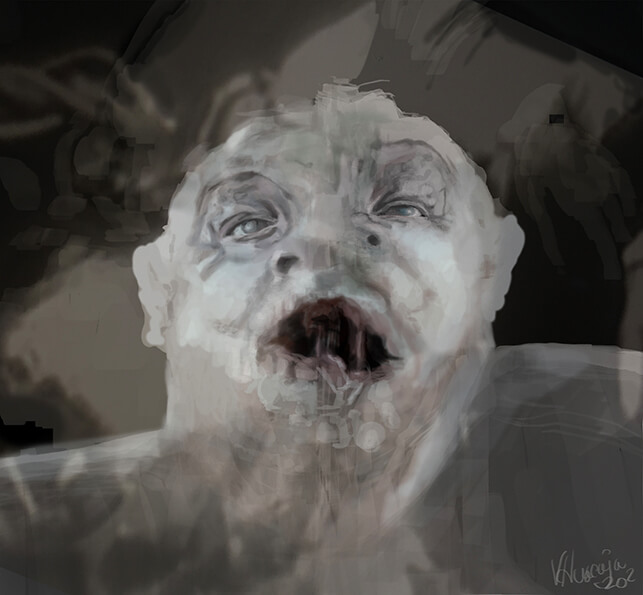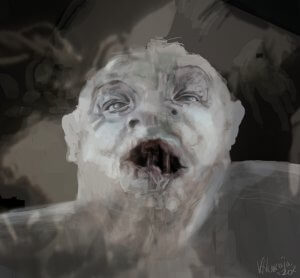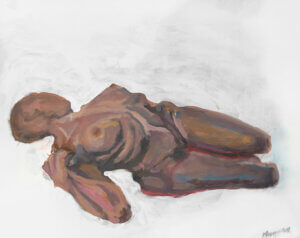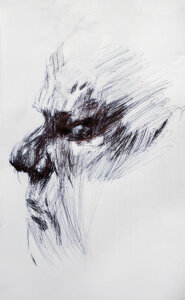Welcome to another Art Post. My name is Veronica Huacuja. I’m a plastic artist and an online art teacher. I have some good tips for your painting process. Hope you find them helpful.
PREVIOUS COMMENTS. Have you ever had the experience of not having access to a physical model to practice your drawing skills with? Well, this is an easy need to be solved. I do the latter by sculpting clay models, pose them and draw them on paper. But to do so, I need at least two photos of a character to work with: a frontal and profile view. I usually find these two photos in official mug shots where law enforcement photographs the offenders. A good thing is that these images are in the public domain. This is one of these cases.
MY INITIAL SOURCES. Having the latter in mind, I searched on the Internet, and I found the two mug shots I required, and a very interesting story: the true chronicle of Bob Addison (1913-unknown, U.S.), inmate No. 35074, from the Virginia Penitentiary archives. So, I made up the clay bust and sketched the following artwork:
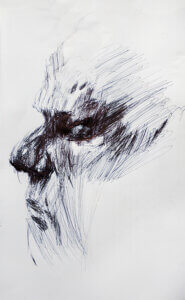
Title: Inmate #35074
Artist: Veronica Huacuja
Medium: Ink on paper
Size: 10.1 x 20.3 x 0.1 cm
Year: 2022
Collection: The Relentless
BOB ADDISON’S TURBULENT STORY. This man began his criminal career at a very young age: 19 years old. In 1932, he “was convicted in Tazewell County of assault with a knife and sentenced to four years in the Virginia Penitentiary. He served 2 1/2 years and was released.” (1)
After, he got into trouble again. This time in Russell County, where he, too, badly cut a man with a knife, and prior to his trial, he escaped, never to be found until thirty years after. In between, he used another identity, Elbert Roy Clark, got married, and had six children.
This time, when caught–now being an elderly man–, he did not serve his time because “after an outpouring of letters recommending clemency, including one from the Governor of West Virginia, Virginia Governor, Mills E. Godwin, Jr. pardoned Addison on 27 January 1967.” (1)
MAKING THE ARTWORK. There are several advantages by making up our models with clay:
- We exert our artistic skills by perceiving and representing the volume of the figure (wide, tall, and depth). This doesn’t happen when we practice with a 2D model, such as using a photograph or a screen shot from a video. Our brain, sight and hands work altogether when we use a real-life model.
- We can pose the model in different positions: foreshortening, profile, frontal view, bird's-eye view, low angle view, etc., and add diverse sources of light to it. Doing the latter we can practice the chiaroscuro, high contrast, among other light treatments.
- We can make up a silicone mold out of the plasticine bust and begin our sculptor's trade!
TECHNICAL PROCEDURES. I used the frontal view and a profile image to make up the plasticine cast. It’d have been great if I could have found both sides of the character’s head (left and right). (2) This is because our facial features aren’t symmetrical, as we may know. Anyway, I managed to make up the clay model avoiding symmetries. Then, I developed several sketches in ink. In this article, I included the one that I think reflects the once fierce personality of Bob Addison.
LET’S MAKE A MEANINGFUL REFLECTION FROM THE ABOVE. As artists, we can use of our creativity to solve whatever needs we might have to accomplish our work.
1 https://uncommonwealth.virginiamemory.com/blog/2011/10/24/mug-shot-monday-bob-addison-no-35074/
2 Alfonse Bertillon (1853-1914, France) was a police officer and biometrics researcher who created and applied an anthropological technique to law enforcement. He invented an ID system based on physical measurements and the use of mug shots to classify the offenders. Some of these mug shots had 3 views: frontal, and both sides of the head.
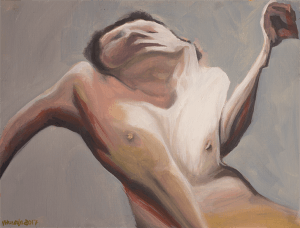 Welcome to Art & Mindfulness for Business Groups. Virtual Program for Creativity and Well-being: https://veronica.mx/artprogram
Welcome to Art & Mindfulness for Business Groups. Virtual Program for Creativity and Well-being: https://veronica.mx/artprogram